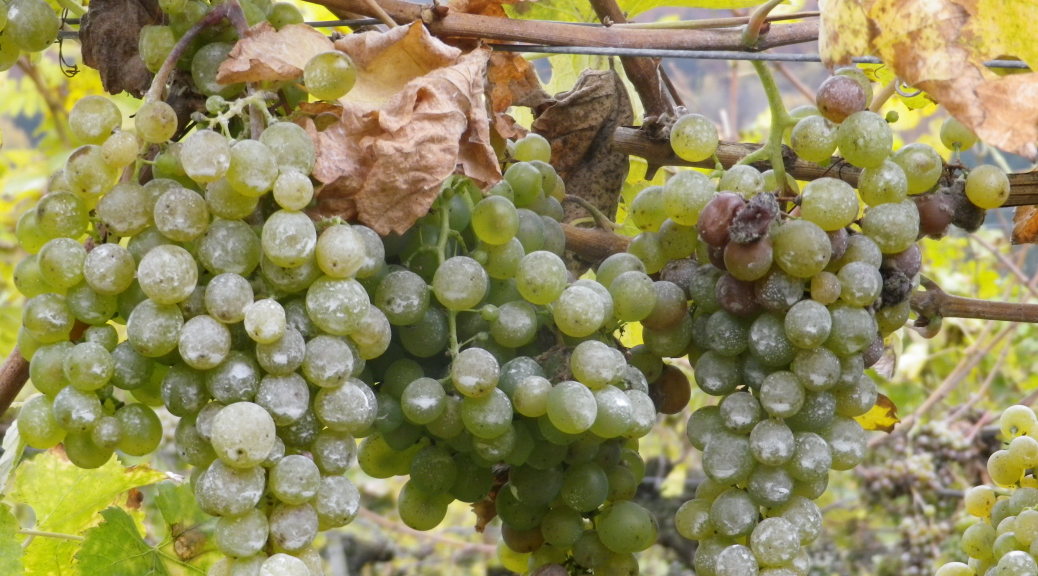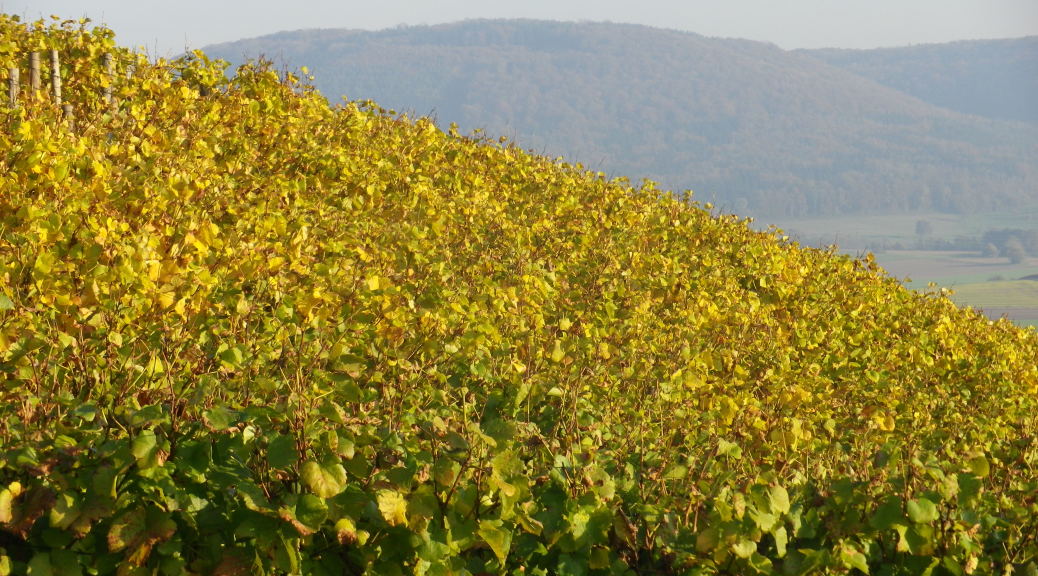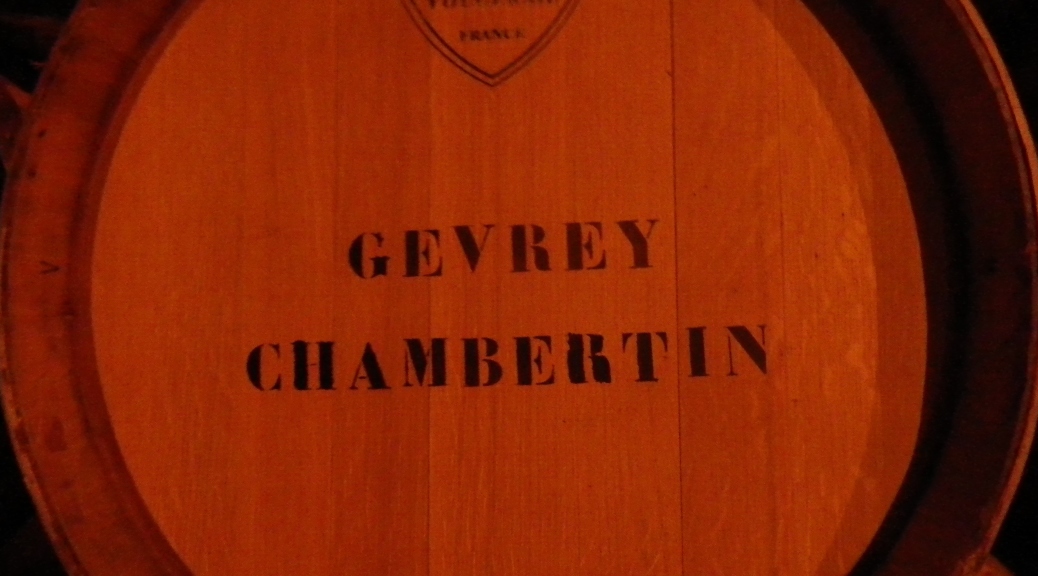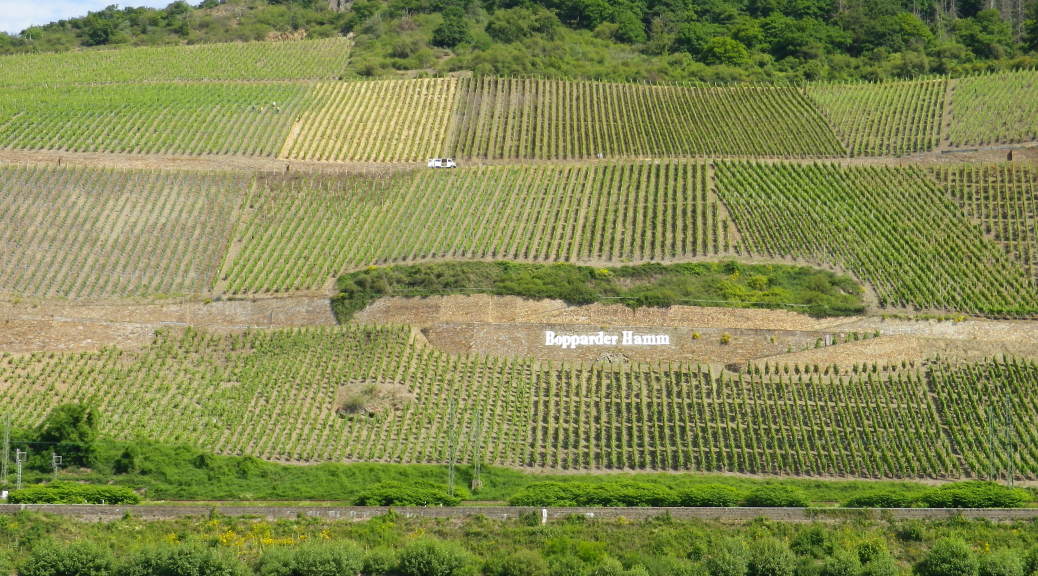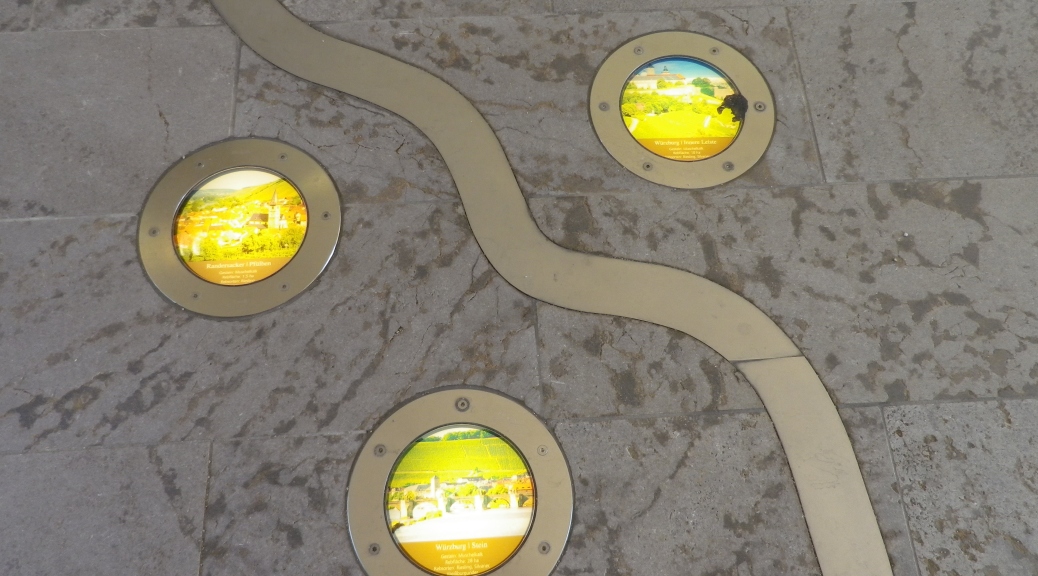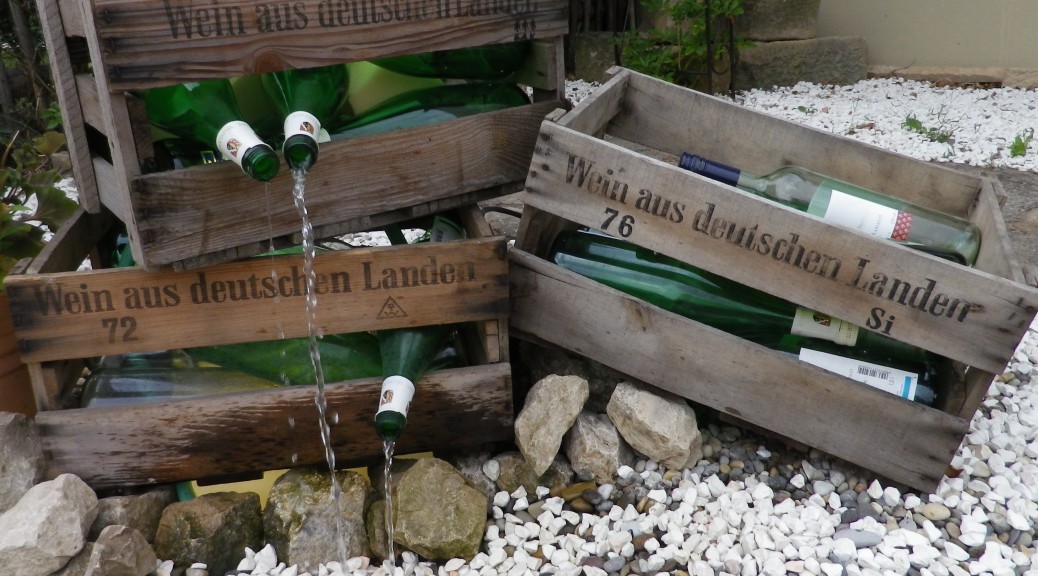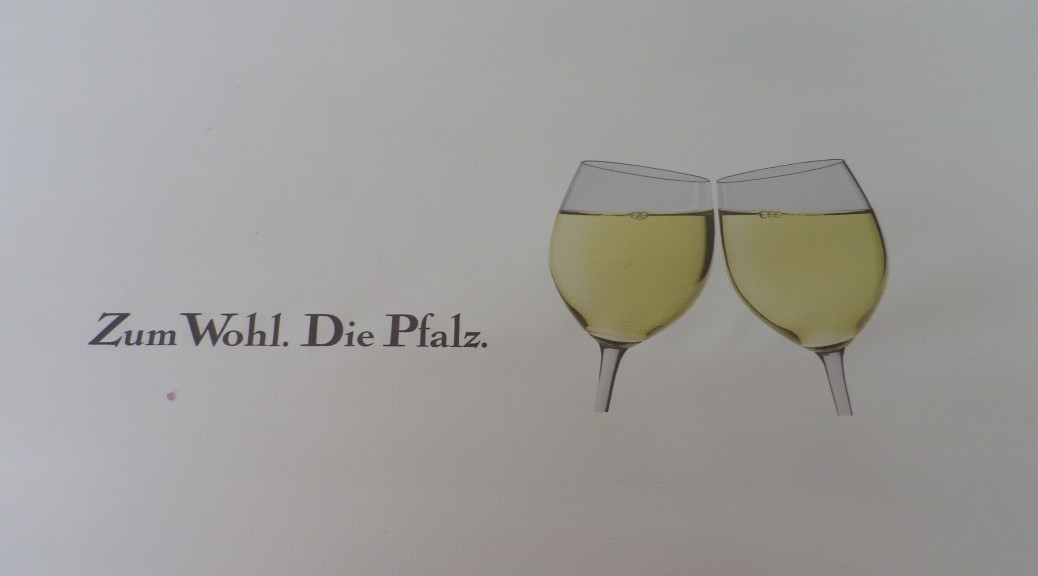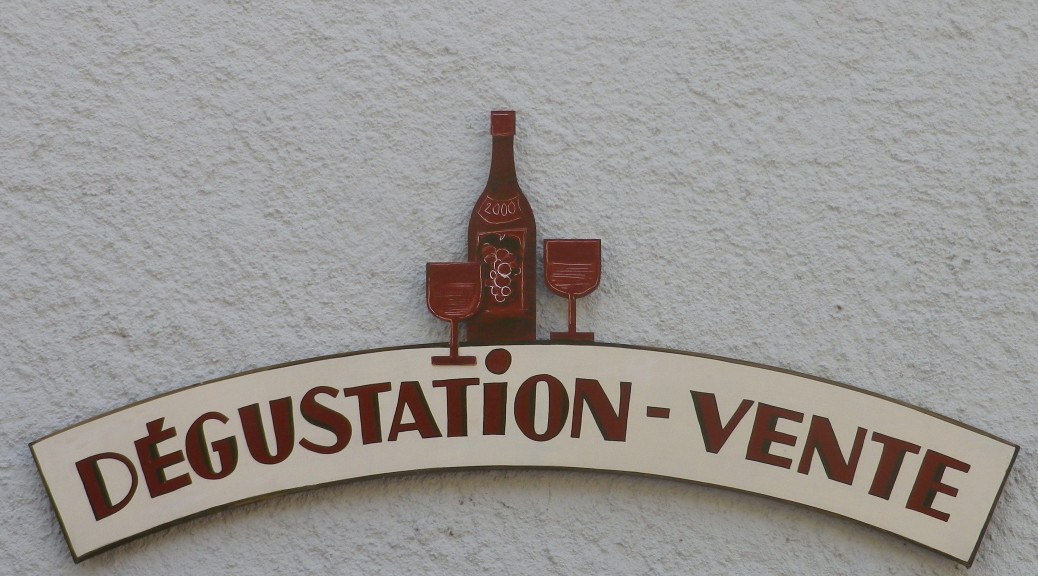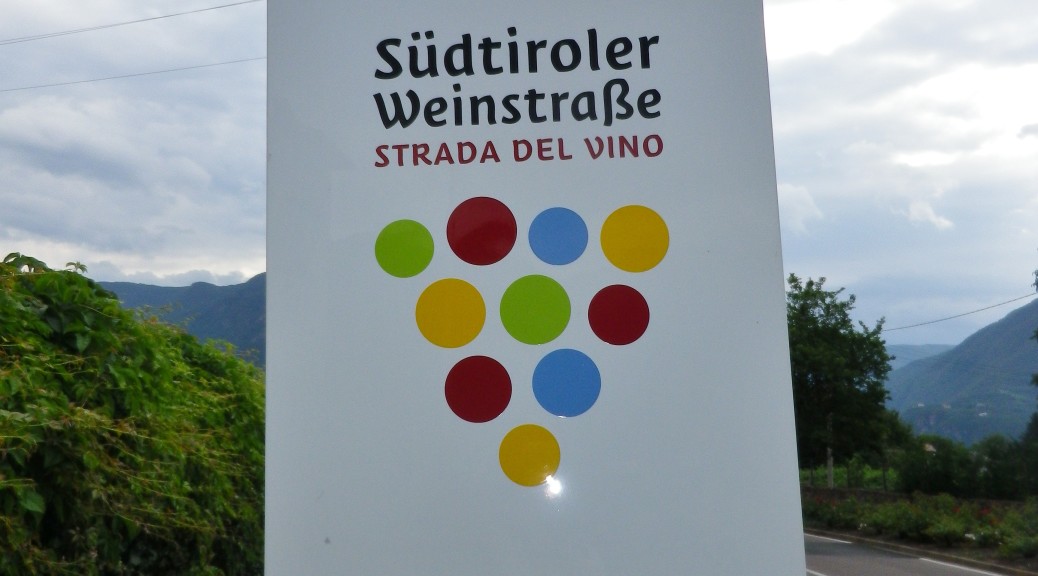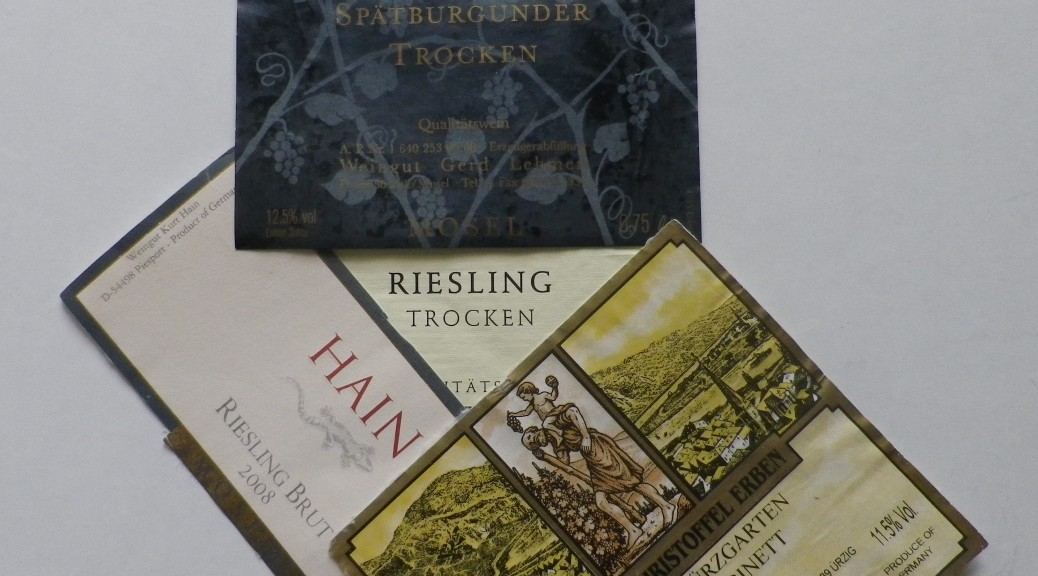What I Learned:
Austria has 20 wine regions, one of which is the Wachau, situated along the banks of the Danube, upriver from Vienna.
Wine production in the Wachau region dates to at least the 1130s.
The geography helps to make grape-growing possible. The ancient Danube River helped created the loess soils, and now serves to moderate temperatures; the bowls formed by the steep hill slopes (called Ried), shelter vines from winds and capture the sun’s heat.
